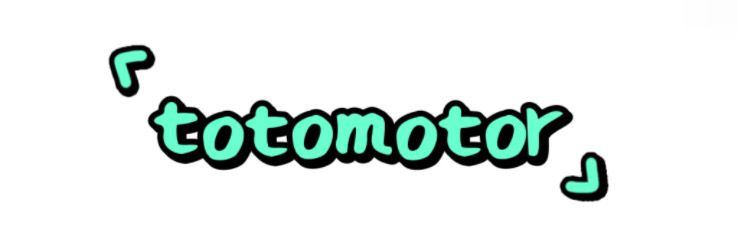Top Fireproof Fabric Materials Trends to Watch in 2025
As industries increasingly prioritize safety and resilience, fireproof fabric materials are emerging as a vital component in various applications. As we approach 2025, several key trends are shaping the landscape of fireproof textiles, offering innovative solutions for consumers and businesses alike. This article explores the top trends to watch in fireproof fabric materials, highlighting their significance and potential impact on the marketplace.
For more information, please visit fireproof fabric materials.
One prominent trend is the advancement in technology used in the production of fireproof fabrics. Innovations in chemical treatments and manufacturing processes have led to the development of lighter and more breathable materials without compromising their fire-resistant properties. Companies are exploring advanced polymers and nanotechnology to create textiles that not only resist flames but also enhance comfort, making them suitable for applications ranging from industrial wear to luxury home furnishings.
Sustainability is another critical trend gaining momentum in the fireproof fabric industry. With an increasing focus on environmentally friendly materials, manufacturers are investing in sustainable practices and eco-friendly alternatives. Organic cotton, recycled polyester, and other biodegradable fibers are being combined with fire-retardant treatments to create fabrics that meet safety standards while minimizing environmental impacts. This trend aligns with the growing consumer demand for green products, making it an essential consideration for businesses looking to remain competitive.
The rise of smart textiles is also influencing the fireproof fabric market. Innovations in wearable technology and integrated sensors have led to the development of smart fireproof materials that monitor temperature and alert wearers to potential hazards. These fabrics can be particularly beneficial for firefighters, military personnel, and industrial workers, providing an extra layer of protection in high-risk environments. As this technology advances, we can expect to see an increase in smart fabric applications, pushing the boundaries of traditional fireproof materials.
In terms of design, versatility is becoming a key focus for fireproof fabrics. Rather than being limited to industrial or safety applications, manufacturers are creating aesthetically pleasing fireproof textiles suitable for residential and commercial interiors. With an array of colors, patterns, and textures, these fabrics are revolutionizing not only how spaces look but also how they perform. From fire-retardant curtains to stylish upholstery, the demand for fireproof fabrics that do not compromise on design is set to rise significantly.
The regulatory landscape surrounding fire safety is also evolving, leading to a shift in how fireproof fabrics are developed and marketed. As safety standards tighten, manufacturers must comply with more stringent regulations, driving innovation and improving the overall quality of fireproof materials. These enhancements will not only provide greater protection but will also foster consumer trust in fire safety products, potentially boosting sales and market growth.
Additionally, as awareness of fire hazards increases, industries such as aviation, automotive, and construction are placing more emphasis on the importance of fireproof fabrics. Enhanced regulations and safety requirements in these sectors are likely to spur demand for high-quality fire-resistant textiles. Businesses in these fields should prepare for an increased need for innovative fireproof solutions to meet both compliance standards and consumer expectations.
Finally, the use of fireproof fabrics in niche markets is gaining traction. Emerging sectors, such as outdoor recreational gear and protective workwear, are seeking fire-resistant materials to enhance user safety. As outdoor activities become more popular and work environments evolve, the demand for specialized fireproof textiles tailored to specific needs will increase, further diversifying the market.
In conclusion, the landscape of fireproof fabric materials is set to transform significantly by 2025. Emphasizing innovation, sustainability, and versatility, these trends will shape the development of safer, more effective textiles. As we move forward, stakeholders across various industries should stay informed and ready to adapt to these advancements, ensuring they leverage the opportunities presented by this rapidly evolving market. By focusing on these key trends, businesses can enhance their offerings and improve their market position while keeping safety as a top priority.
For more is denim flammableinformation, please contact us. We will provide professional answers.
- 0


